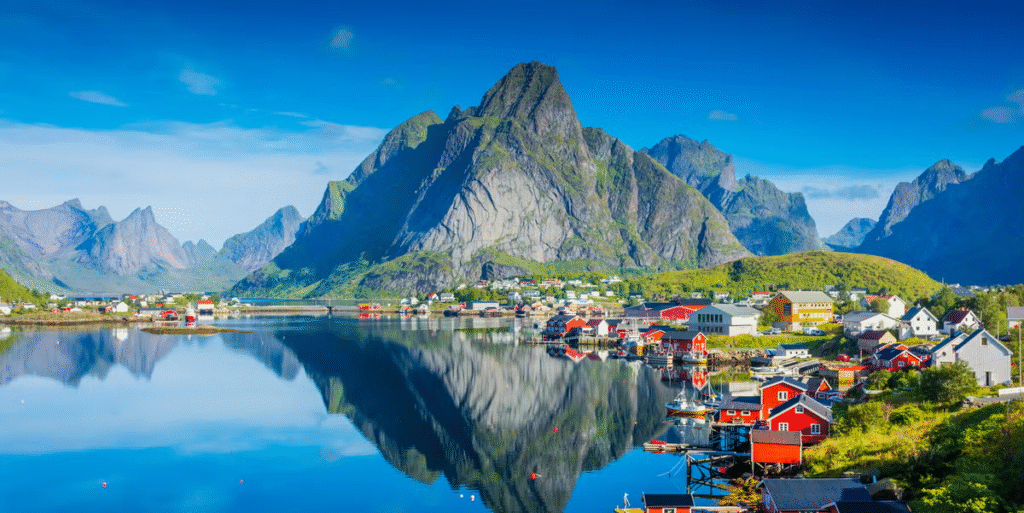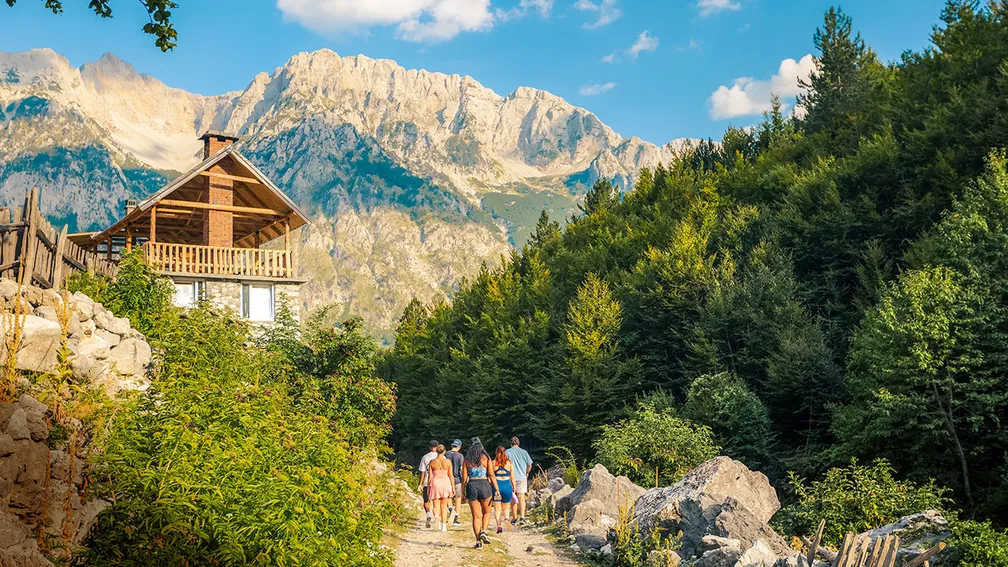Now Reading: Top 5 Tourism Trends in 2025 You Must Know
-
01
Top 5 Tourism Trends in 2025 You Must Know
Top 5 Tourism Trends in 2025 You Must Know

Table of Contents
Tourism in 2025 is evolving faster than ever before. With technology, sustainability, and changing traveler behavior driving new patterns, the global tourism industry is witnessing a major transformation. The year began with a promising start for many destinations, as countries fully reopened after years of cautious recovery post-COVID-19. But beyond just bouncing back, the tourism sector is now growing in smarter, greener, and more immersive ways.
From eco-tourism and digital nomad visas to AI-powered travel guides and rural tourism packages, the experience of traveling today is more customized and exciting than ever. Here’s a complete tourism update highlighting the latest global travel trends, destination preferences, and industry innovations that are shaping the way we travel in 2025.
1. Green Travel Is Becoming the Norm

One of the most significant changes in global tourism is the rising demand for sustainable travel. Tourists in 2025 are more conscious of their environmental impact. From booking eco-friendly stays to exploring destinations by electric transport, travelers now prefer experiences that support local communities and reduce carbon footprints.
Popular tourist destinations like Costa Rica, Bhutan, and Finland are leading the charge by offering nature-based packages, banning single-use plastics, and supporting wildlife conservation. Even airlines are adopting greener fuels and offering carbon offset programs.
Tour operators have also started including sustainability ratings on their packages. This allows travelers to make more informed and eco-friendly choices. Green travel is no longer just a niche—it’s a new global standard.
2. AI and Smart Technology in Travel

AI and digital innovation are transforming the way people travel. Virtual reality previews, chatbot bookings, AI-powered translation apps, and personalized itinerary planners are making trip planning smoother and faster.
Hotels and resorts are now using AI to predict customer preferences, manage energy consumption, and enhance guest experiences. Tourists can now check into their hotel rooms using facial recognition or control the room environment with voice commands.
Smart tourism is especially strong in countries like Japan, South Korea, and the UAE, where government-backed innovations are being used to improve the entire tourism ecosystem.
3. Remote Work + Travel = Workations

The concept of “workation” working while vacationing is now fully mainstream in 2025. With flexible work policies and improved global internet connectivity, professionals are taking longer trips that mix work and leisure.
Countries like Portugal, Thailand, and the UAE are offering special digital nomad visas to attract remote workers. These visas allow longer stays, easy internet access, and community co-working hubs. This trend has boosted tourism in offbeat regions where locals benefit from steady income while travelers enjoy authentic cultural experiences.
Workations have become a preferred lifestyle for many, especially millennials and Gen Z professionals who prioritize experiences over possessions.
4. Second-Tier Cities Are Trending

Major tourist cities like Paris, New York, and Tokyo still attract millions, but a surprising trend in 2025 is the rise of second-tier or lesser-known destinations. Cities like Porto (Portugal), Da Nang (Vietnam), and Medellín (Colombia) are witnessing record-breaking tourist arrivals.
The shift is due to several factors—affordability, less crowding, digital nomad friendliness, and strong cultural offerings. These cities are now investing heavily in tourism infrastructure, including better roads, clean energy, and smart tourism apps.
Travel influencers and vloggers are playing a big role in highlighting these hidden gems, encouraging travelers to explore beyond traditional bucket-list spots.
5. Health, Safety, and Insurance Are Top Priorities

Health and safety are still a top priority for travelers in 2025. Travelers now prefer destinations that offer strong healthcare systems, travel insurance partnerships, and real-time health updates via apps.
Governments and private players are offering travel insurance packages that include medical coverage, trip cancellations, and pandemic-related protection. Airports and airlines are also using biometric security and AI-based screening to ensure faster, safer processing of passengers.
This focus on safety has boosted tourist confidence and allowed the industry to grow steadily post-pandemic.
6. Cultural Tourism and Local Experiences

Cultural tourism is booming as travelers seek deeper, more meaningful connections with the places they visit. People are spending more on local guides, food tours, traditional craft workshops, and village stays.
Destinations in Africa, South Asia, and Latin America are offering immersive cultural experiences that go beyond sightseeing. For example, visitors in Rajasthan (India) can now live with artisans and learn local crafts, while travelers in Kenya can join conservation safaris and community farming initiatives.
Cultural tourism also supports local economies and promotes heritage preservation, making it a win-win for all.
7. Tech-Powered Airports and Airlines

Airports are getting smarter in 2025. From automated check-ins and smart luggage tracking to AI-based security checks and robot guides, technology is streamlining the passenger experience.
Airlines are also introducing more digital services—like real-time flight tracking, multilingual virtual assistants, and VR-based entertainment systems onboard. Budget airlines have begun offering a wider range of travel packages that cater to both leisure and business travelers.
Some airports in the Middle East and East Asia are even planning “metaverse lounges” where travelers can interact virtually while waiting for their flights.
8. Popular Travel Regions in 2025

Here are the hottest travel regions in 2025 based on global booking data and search trends:
- Southeast Asia Affordable, culture-rich, and digital nomad friendly.
- Eastern Europe Great for heritage travel, food tourism, and value for money.
- Middle East New attractions in Saudi Arabia, UAE, and Oman are drawing more global tourists.
- Latin America Colombia, Mexico, and Argentina are rising stars for adventure and cultural tourism.
- Nordic countries Sustainable travel, scenic landscapes, and modern infrastructure continue to attract eco-tourists.
Conclusion: Tourism in 2025 Is Smarter, Greener, and More Personal
Tourism is no longer about just checking places off a list. In 2025, it’s about experiencing culture, traveling responsibly, and making meaningful connections. With digital tools, flexible travel options, and a growing emphasis on sustainability, global tourism is entering a more inclusive and exciting chapter.
Whether you’re a traveler, a tour operator, or a destination manager, staying updated on these trends is essential to stay relevant and successful in today’s travel landscape.
Stay tuned for more tourism updates as the year progresses. The world is changing, and so is the way we explore it.
Read More:- Deyaar’s Latest Announcement Shakes Up the UAE Property Market






















